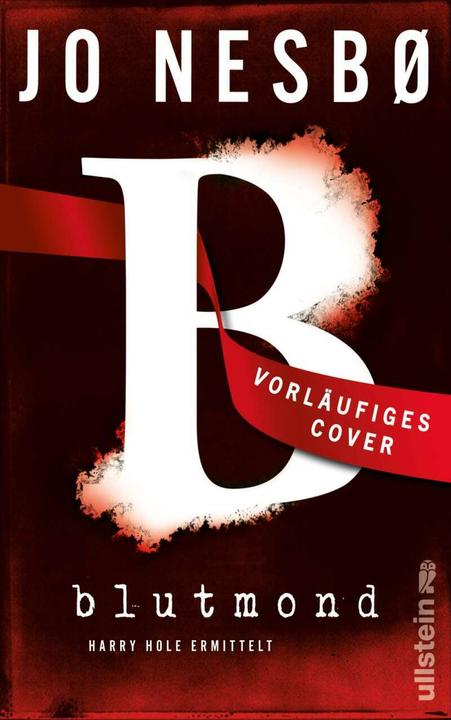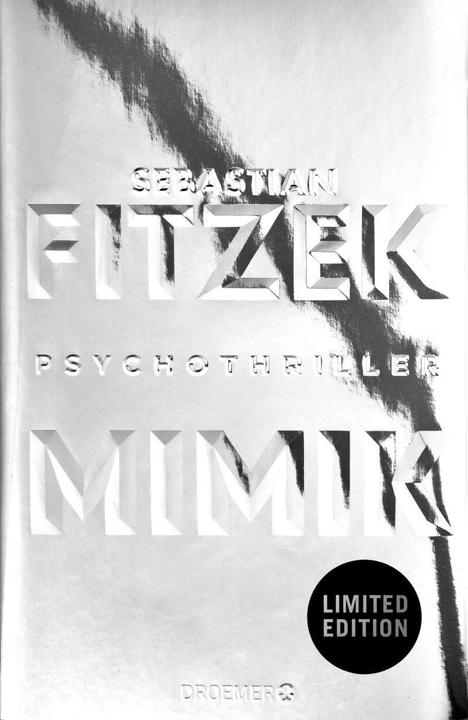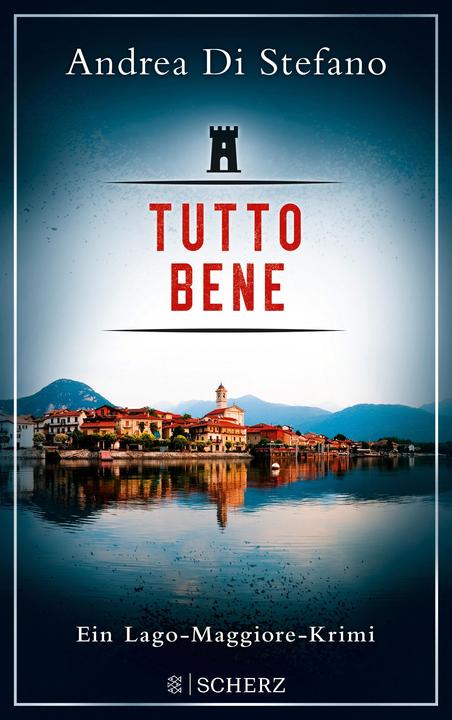
Background information
Be like Daniel Gyro Gearloose for once: When children become inventive
by Michael Restin

You’re probably thinking egg hunts and lighting fires are the most common Easter traditions. Well, you thought wrong. Brace yourself for the ten craziest Easter traditions from around the world.
Śmigus-dyngus is the name of an old Slavic custom Poles traditionally indulge in on Easter Monday. This popular game involves drenching each other with water. So if you’d prefer to stay dry on Monday, steer clear of the streets of Poland. Rumour has it that young people in particular are merciless when it comes to these showers. At least they’re said to be good luck, should you get soaked.
And here’s another unpronouncable custom. Påskekrimmen refers to the common Norwegian practice of turning the Easter weekend into a spooky reading adventure. Traditionally, people in Norway read, watch or listen to detective and mystery stories over the Easter. This goes so far that even the manufacturers of milk cartons print little whodunits on their cartons during this time.
Painting Easter eggs is so yesterday. At least in Bulgaria, where people love to throw eggs at each other. The whole thing kicks off after Easter Sunday Mass and has no boundaries. Church walls, family members, passers-by – nobody is spared the flying eggs. Feel free to paint them beforehand. To make it a feast for the eyes and all that.
Speaking of painting Easter eggs, the Greeks are very minimalist in this respect. You’ll find only one shade of egg in Hellas: red. Easter is a deeply religious event in Greece and the colour red symbolises the blood of Christ that dripped from his body when a Roman soldier pierced him with a lance. At the same time, the egg’s been a symbol of resurrection and the renewal of life since ancient times.
In many villages in Ireland, herring are ceremoniously buried in meadows on Easter Sunday. This is a particularly joyous event for butchers. This is also due to the fact that most Irish people fast for 40 days before Easter – and particularly abstain from meat, cheese and sausages. To celebrate that the time of eating fish is over, the pious Irish then bury herring.
Fewer tricks and treats, but lots of spookiness is the order of the day on Thursday before Easter in Sweden. During Blåkullahopp, children, armed with old coffee pots and dressed up as witches, and parade through the streets collecting sweets. Legend has it that witches flew to the legendary island of Blåkulla at Easter. The kids in disguise remind us of this with their loud festivities.
Kids are also the centre of attention during Zwänzgerle – which means throwing twenty-cent coins. In this Easter custom, which is especially widespread in Zurich, children challenge adults to throw a coin into a hard-boiled egg so that it gets stuck in it. If the coin bounces off the egg, the child gets to keep the money. If it gets stuck, the adult gets to keep the coin and eat the egg.
Although they’re not attacked with coins, Easter eggs are also used for a different purpose in England. What’s egg racing to us is rolling beautifully decorated eggs down a hill to them. The egg that travels the farthest distance is the winner. By the way, egg rolling is also practised in Scotland and symbolises the rolling away of the stones in front of the tomb of Jesus.
Easter marks the transition to spring for many. In the US, people say goodbye to the cold season with parades. One of the most famous Easter parades takes place on Easter Sunday on New York’s Fifth Avenue. Thousands of participants wearing colourful robes stroll along the famous street. The US Easter March represents the preservation of creation and peace and thus refers to the contents of the proclamation of Jesus.
A true local journalist with a secret soft spot for German pop music. Mum of two boys, a dog and about 400 toy cars in all shapes and colours. I always enjoy travelling, reading and go to concerts, too.
Interesting facts about products, behind-the-scenes looks at manufacturers and deep-dives on interesting people.
Show all
Simba Water balloons, 100 pieces
100 x

Blutmond (Ein Harry-Hole-Krimi 13)
German, Jo Nesbø, Günther Frauenlob, 2022



Das kleine Buch: Ostereier färben. Natürlich und kreativ
German, Christine Mittermayr, 2020
5,000 eggs. That’s how many are needed to make the giant omelette traditionally prepared on Easter Sunday in the community of Bessières in the south of France. The omelette is then eaten by residents and tourists. Legend has it that the tradition was introduced by none other than Napoleon. In Bessières, the famous military commander once ate an omelette so delicious omelette that he asked for a second one right away – for his entire army. Meanwhile, the immense egg dish stands for friendship and cultural exchange.

Easee Wallbox Charge UP 22KW
Type 2, 22 kW, 32 A, Hard wired